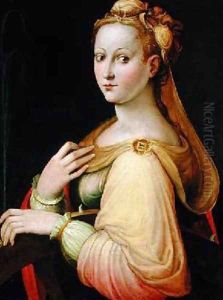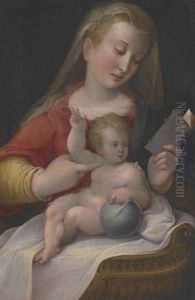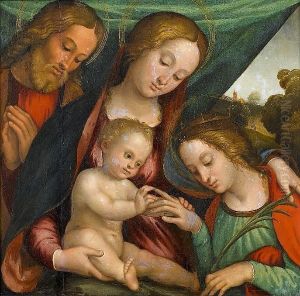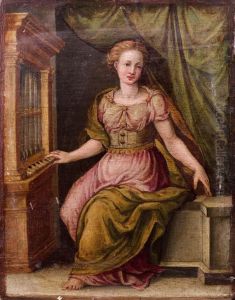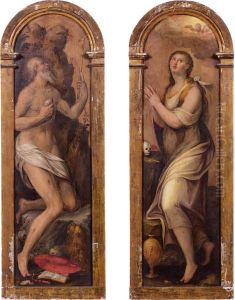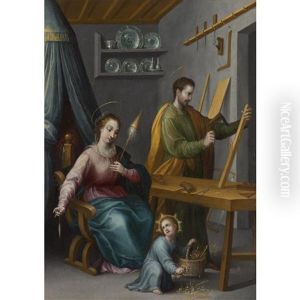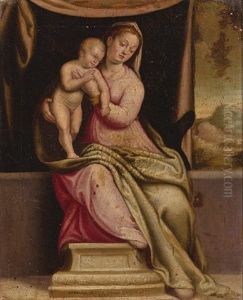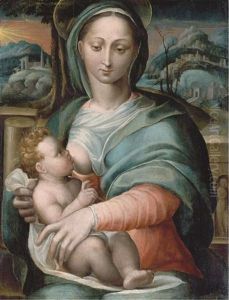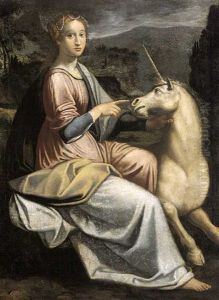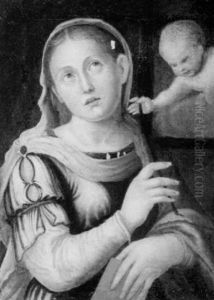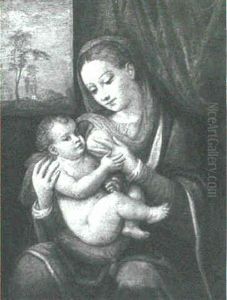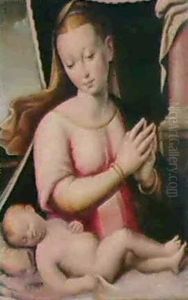Barbara Longhi Paintings
Barbara Longhi was an Italian painter born in 1552 in Ravenna, then part of the Papal States. She was the daughter of the prominent Mannerist painter Luca Longhi and thus grew up in an artistic environment that was conducive to her development as an artist. Her father was her primary teacher, and she learned the craft of painting within her family's workshop, which was a common practice for women artists of the time. Barbara Longhi's work is often associated with the School of Ferrara-Ravenna, which was characterized by its devotion to detail, delicate coloring, and a pious sensibility.
Despite the limitations placed on women in the art world during the Renaissance, Longhi managed to achieve recognition for her work. She specialized in religious subjects, and her paintings are noted for their serene and tender representations of biblical figures, particularly the Madonna and Child. Her style is marked by a gentle use of color and clear, bright tones, which contribute to the peaceful and intimate atmosphere of her works. Barbara's paintings were primarily small devotional pieces intended for private contemplation and piety. These qualities made her work quite popular among local patrons in Ravenna.
Barbara Longhi remained in Ravenna for the majority of her life, where she was an active painter until her later years. She never married, which was not uncommon for female artists of her time, as marriage could often restrict a woman's ability to pursue an artistic career. Throughout her life, Longhi was well respected in her hometown, and her work continued to be appreciated by a small, but dedicated group of patrons. She passed away in 1638, leaving behind a modest but significant body of work that contributes to our understanding of the role of women in Renaissance art. Longhi's legacy is that of a skilled painter who navigated the constraints of her era to express her artistic vision and piety.
